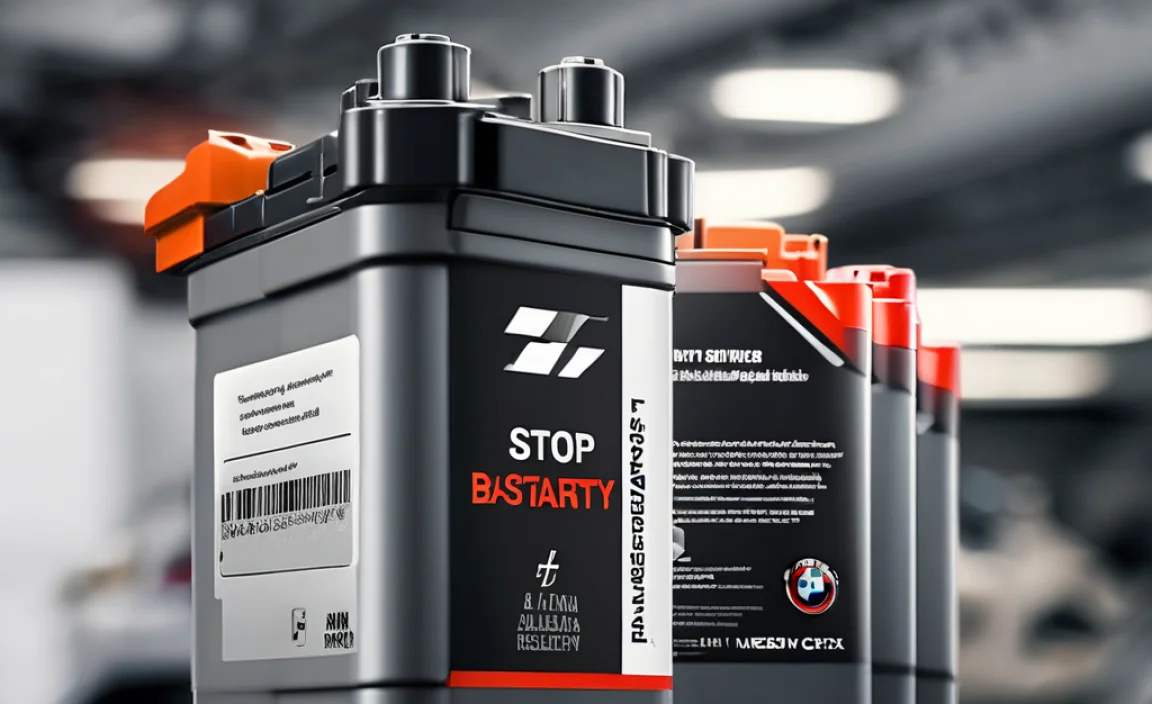Lithium Source: Find Its Stunning Origin
The insatiable demand for portable electronics and electric vehicles has propelled lithium into the spotlight. This seemingly unassuming alkali metal, powering everything from our smartphones to the cars of the future, has a fascinating and surprisingly diverse origin story. Understanding where does lithium for batteries come from is essential to grasping the complexities of our modern energy landscape, the geopolitical implications of its extraction, and the environmental considerations that surround its journey from the earth to our devices.
Lithium’s journey to becoming a critical component in rechargeable batteries is a multi-stage process that begins deep within the Earth’s crust. Unlike metals that are mined from distinct ore bodies, the primary sources of lithium for battery production fall into two main categories: hard-rock mining and brine extraction. Each method leverages unique geological formations and requires distinct extraction techniques.
The Salty Depths: Lithium from Brine Extraction
One of the most significant sources of lithium is found in the vast salt flats, or salares, of South America, particularly in the “Lithium Triangle” encompassing Chile, Argentina, and Bolivia. Here, beneath the cracked and arid surface, lie vast underground reservoirs of salty water, rich in dissolved minerals, including lithium chloride.
The process of extracting lithium from these brines is a testament to the power of nature and industrial ingenuity. It begins with pumping the salty groundwater into enormous, shallow evaporation ponds. The intense sun and dry climate of the Andes gradually evaporate the water, concentrating the lithium and other salts. This solar evaporation process can take many months, even up to two years, as the brine is systematically moved through a series of interconnected ponds. As water evaporates, the concentration of lithium increases, while other impurities precipitate out. What remains is a thicker, more concentrated lithium-rich solution.
This dewatered brine is then trucked to processing plants where further chemical treatments are applied. Through a series of complex chemical reactions, including precipitation and filtration, the lithium is separated from other dissolved salts like potassium and magnesium. The end product of this stage is typically lithium carbonate, a white powder that forms the foundational chemical for most lithium-ion batteries. While solar evaporation is a relatively low-energy process, it requires significant land use and considerable water resources in already arid regions. The impact on local ecosystems and water availability are ongoing concerns that researchers and industry stakeholders are actively addressing. Furthermore, the political stability and resource nationalism of the countries within the Lithium Triangle add another layer of complexity to the global lithium supply chain.
Hard Rock Riches: Lithium from Spodumene and Other Minerals
Beyond the brines of South America, another substantial supply of lithium comes from the hard-rock mining of specific mineral deposits. The most commercially important of these is spodumene, a lithium aluminum inosilicate mineral. Australia is the world’s leading producer of spodumene, with significant deposits in Western Australia. Other sources include lepidolite and petalite, which are less common but also contain lithium.
The process for extracting lithium from hard rock is more akin to traditional mining operations. Large open-pit mines are often used to extract the ore. Once extracted, the spodumene-rich rock is crushed and ground into a fine powder. This powdered ore then undergoes a series of complex chemical and thermal treatments. A crucial step involves heating the spodumene to high temperatures, a process known as calcination, which transforms it into a more reactive form. This is followed by leaching with acids to dissolve the lithium from the mineral matrix. Similar to the brine extraction process, sophisticated chemical purification techniques are then employed to isolate high-purity lithium compounds, typically lithium carbonate or lithium hydroxide.
Hard-rock mining, while producing valuable lithium, is generally more energy-intensive and can have a more significant physical footprint due to excavation and processing requirements. The environmental impact, including dust generation and potential for water contamination, necessitates stringent environmental management practices. The concentration of lithium in hard-rock deposits is generally lower than in brines, meaning larger volumes of rock need to be processed to yield the same amount of lithium.
Emerging Frontiers: Geothermal Brines and Future Sources
The quest to secure a stable and sustainable lithium supply continues to drive innovation, and the exploration of new sources is ongoing. One promising area is the extraction of lithium from geothermal brines. These are hot, mineral-rich waters that circulate deep within the Earth’s crust, often associated with geothermal energy production. Some geothermal brines have been found to contain significant concentrations of lithium, offering a potential dual benefit of clean energy and critical mineral extraction. Developing efficient and cost-effective methods to selectively extract lithium from these complex brines is an active area of research and development.
Furthermore, scientists are exploring direct lithium extraction (DLE) technologies. These advanced processes aim to more efficiently and selectively pull lithium from brines or other sources, potentially reducing the environmental footprint and processing time compared to traditional methods. DLE techniques can involve ion exchange, membrane filtration, or solvent extraction, offering more targeted and less water-intensive approaches.
In conclusion, where does lithium for batteries come from is a question with no single, simple answer. It originates from the vast, sun-drenched salt flats of South America and the deep, mineral-rich veins of hard-rock deposits, primarily in Australia. As the world transitions towards a greener future, understanding these origins is crucial. The ongoing development of new extraction technologies and the exploration of unconventional sources like geothermal brines highlight humanity’s determination to harness this vital element, while simultaneously grappling with the environmental and societal responsibilities that come with its extraction. The journey of lithium, from its stunning natural origins to powering our technological age, is a remarkable story of geology, chemistry, and ingenuity.

